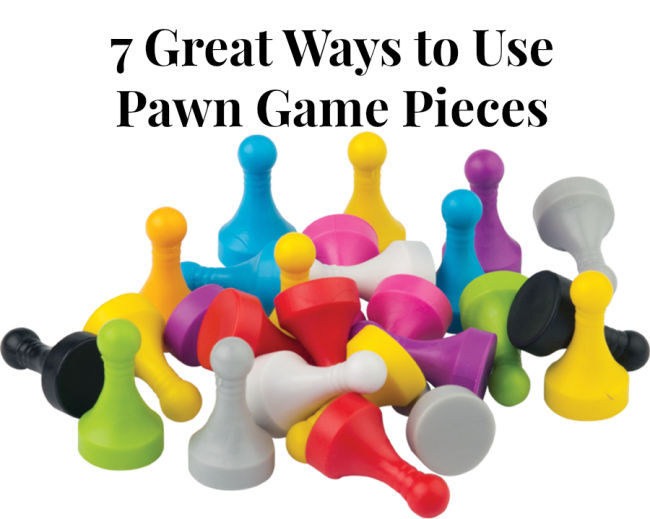
Pawn Game Pieces are versatile and make learning fun! You can use manipulative pawn pieces in and out of the classroom. It perfect for fun summertime learning! Prevent summer slide and use Pawn Game Pieces for the math activities below:
Addition
Have children count out each number to be added and then combine the amounts. They can use two different-colored pawn pieces to represent the two numbers.
Subtraction
Have children use the pawn pieces to practice the concept of subtraction. They can do the problems on paper first and then use the pawn pieces to check their Arithmetic.
Multiplication and Division
If multiplying, children should pre-group their pawn pieces. For example, if they are working on multiplying by 3, have them make several groups of 3 pawn pieces each. If dividing, they should separate the number into groups the size of the number being divided. For example, if dividing 12 by 4, they should separate the 12 into groups of four.
Place Value
Children can group pawn pieces into piles of ten. Then they can practice using numbers both in the ones place and the tens place. When they are ready, they can stop grouping them and just use one pawn piece in a different color to represent ten.
Fractions
Put some pawn pieces of different colors in a group. Have students record how many pawn pieces were used total and how many are of each color. Explain that the total number of pawn pieces makes the denominator while the pawn pieces of one color make the numerator. Have them practice writing the numbers in fraction form.
Probability
Ask children: “If you put 10 red pawn pieces, 5 purple pawn pieces, 3 green pawn pieces, 2 blue pawn pieces and 1 yellow pawn piece in a jar and then pull one out without looking, what is the probability you will pull out the yellow pawn piece?” Have them explain their answers and then try it out. You can have them record their results. You can also ask them to write their results in fraction form. When they are done, see if their results matched their predictions, or if they came close. They can go through this process more than once.
Negative Numbers
You can use a pawn piece of one color to represent positive numbers and another color to represent negative numbers. Students can add negative pawn pieces to positive ones, grouping each negative with a positive to avoid confusion.
For example, if you have the problem
4 + -3, count out 4 pawn pieces of one color to make positive 4. Then count out three pawn pieces of another color and place each one next to the other pawn piece, showing that a negative number cancels out a positive number. You can also move them off to the side. There will be one positive pawn piece remaining.
You can use all different manipulative and counters. For more fun math learning activities, see math manipulative games.
